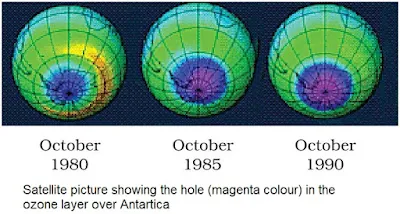Notes on "Natural Resources" by Nagraj Sir

Notes on "Natural Resources" by Nagraj Sir Natural Resources The resources available on the earth and the energy from the sun are necessary to meet the basic requirements of all life forms on the earth. The stocks of nature which are useful to mankind are known as natural resources. Examples: air, water, soil, minerals etc. Resources on the earth → The outermost crust of the earth is called the lithosphere . → Water covers 75% of the earth’s surface. It is also found underground. These comprise the hydrosphere . → The air that covers the whole of the earth like blanket is called the atmosphere . Biosphere → All living things on earth together with atmosphere, the hydrosphere and the lithosphere interact and make life possible is known as biosphere . • It may be: (i) Biotic components: Plants and animals. (ii) Abiotic components: Air, water and soil. Air: It is a mixture of many gases like oxygen, nitrogen, carbon-dioxide, water vapour and other...
